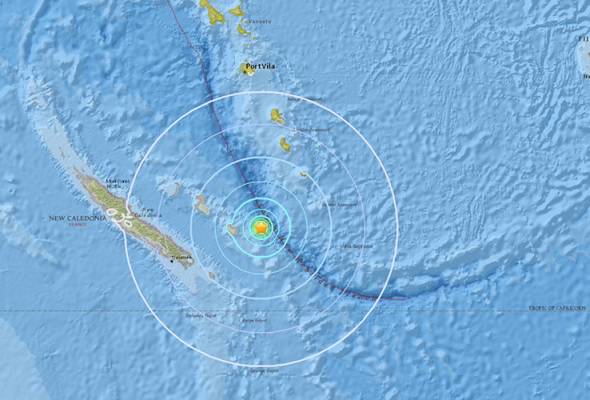Notwithstanding environmental change being generally evident to individuals as unexpectedly warm winter days or softening icy masses, as much as 95 percent of the additional warmth caught on Earth by ozone depleting substances is held on the planet’s seas. Therefore, checking the temperature of sea waters has been a need for atmosphere researchers, and now Caltech specialists have found that seismic thunderings on the ocean bottom can furnish them with another instrument for doing that.
In another paper distributing in Science, the specialists show how they can utilize existing seismic checking hardware, just as noteworthy seismic information, to decide how much the temperature of the world’s seas has changed and keeps changing, even at profundities that are ordinarily out of the compass of traditional instruments.
They do this by tuning in for the sounds from the numerous tremors that consistently happen under the sea, says Jörn Callies, right hand educator of ecological science and designing at Caltech and study co-creator. Callies says these seismic tremor sounds are amazing and travel significant distances through the sea without fundamentally debilitating, which makes them simple to screen.
Wenbo Wu, postdoctoral researcher in geophysics and lead creator of the paper, clarifies that when a tremor occurs under the sea, the greater part of its vitality goes through the earth, however a bit of that vitality is sent into the water as sound. These sound waves spread outward from the shudder’s focal point simply like seismic waves that movement through the ground, however the sound waves move at a much more slow speed. Subsequently, ground waves will show up at a seismic observing station first, trailed by the sound waves, which will show up as an optional sign of a similar occasion. The impact is generally like how you can frequently observe the glimmer from lightning seconds before you hear its thunder.
“These sound waves in the sea can be obviously recorded by seismometers at an any longer separation than thunder – from a large number of kilometers away,” Wu says. “Strangely, they are considerably ‘stronger’ than the vibrations voyaging somewhere down in the strong Earth, which are all the more broadly utilized by seismologists.”


